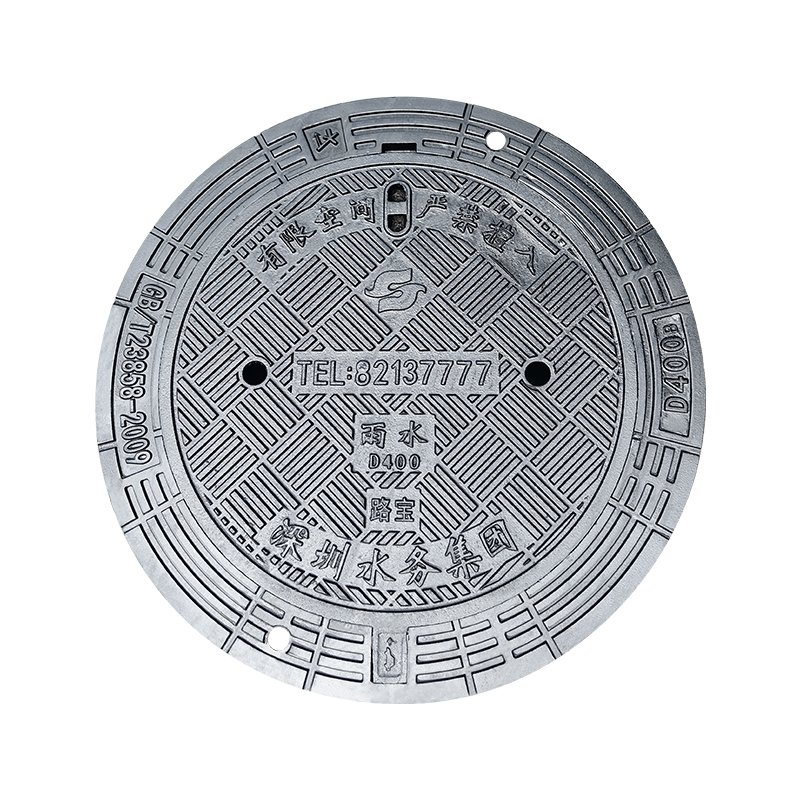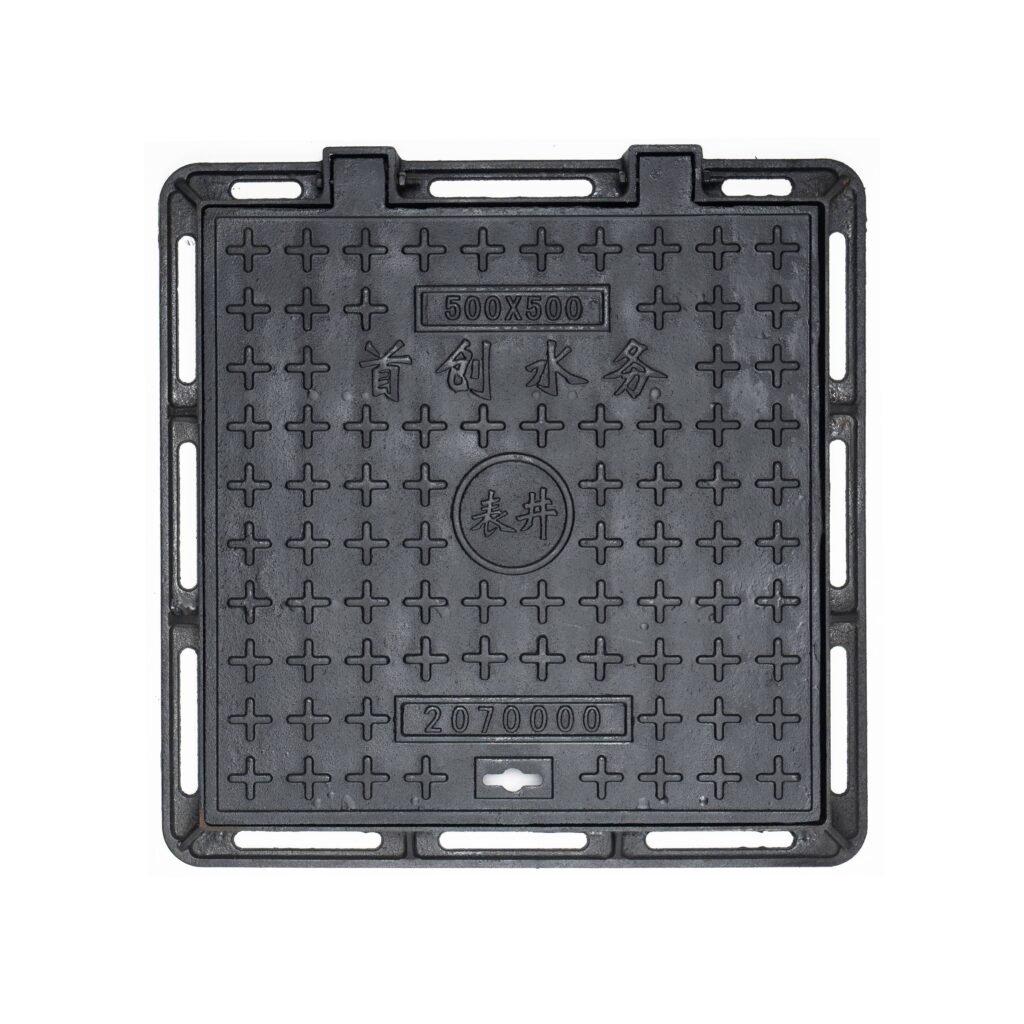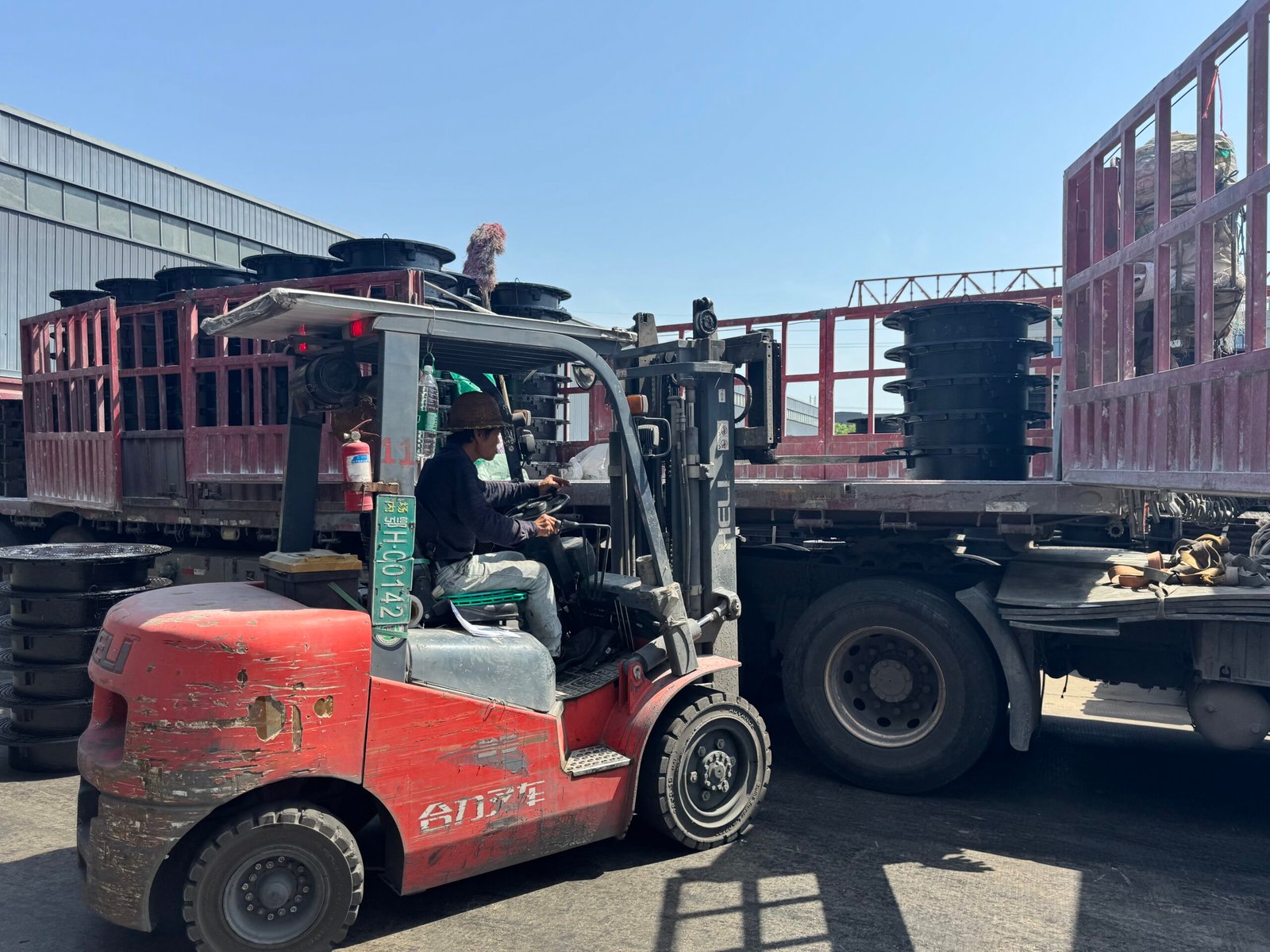Today's world is undergoing continuous technological transformation, and China stands as one of the leaders in this process. The seemingly simple urban infrastructure element—manhole covers—has become an embodiment of these innovations. Empowered by new technologies, this humble component is stepping into the forefront, demonstrating how traditional elements evolve with progress. This article explores the multifaceted factors making Chinese manhole covers remarkable and how technological innovation influences their development, operation, and maintenance.

Safety and Strength: Core Priorities
The importance of safety and strength in manhole covers is undeniable. Chinese engineers are dedicated to developing new covers capable of withstanding not only pedestrian weight but also vehicular loads. To achieve this, composite materials combining lightweight properties with ultra-high strength are employed. Every Chinese manhole cover undergoes rigorous testing to verify its resistance to impact loads, temperature fluctuations, and chemical corrosion. Research confirms that material innovation significantly extends cover lifespan while minimizing damage risks.
Integration of Smart Technologies
China is rapidly embedding smart technologies into daily life—and manhole covers are no exception. Modern cover models incorporate sensors enabling real-time urban infrastructure monitoring. These technologies track water levels, temperatures, and even gas leaks within drainage systems. Such capabilities facilitate swift responses to potential issues, reducing risks to residents. Additionally, smart systems empower city management to react faster to infrastructure changes, optimizing expenditures and enhancing maintenance efficiency.
Aesthetic Design and Urban Integration
Chinese manhole covers have long transcended pure functionality. In recent years, design philosophy has become integral. Covers adorned with traditional cultural patterns now form part of urban landscapes—even emerging as tourist attractions. Designs harmonize with the overall urban environment, creating visual cohesion with surrounding landscapes. This approach not only elevates aesthetics but also crafts unique open-air art galleries that captivate residents and visitors alike.
Environmental Dimensions in Manufacturing
Eco-friendliness is central to modern manhole cover production. China actively implements green technologies to reduce manufacturing’s environmental impact. Using recycled materials is a key trend in this field. This process minimizes waste volumes and lowers carbon emissions. Manufacturers prioritize ecological safety, contributing to improved environmental conditions in both urban and rural areas.

Cost Efficiency and Innovation-Driven Growth
Technological advancements enhance not only cover performance but also economic benefits. New materials and production methods reduce costs while lowering risks of damage and frequent replacements. Long-term, this decreases maintenance and replacement expenditures. Innovation enables manufacturers to adapt to changing market conditions, ensuring sustainable industry development.
Technological Future and Global Collaboration
The future of China’s manhole covers is intertwined with international cooperation and knowledge exchange. China actively studies global best practices and integrates them into its R&D. This elevates product quality and strengthens the nation’s position in the global market. Joint technical projects with foreign partners open new horizons for technological advancement and innovative applications, fostering safer and more efficient human settlements.




